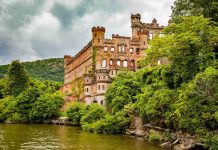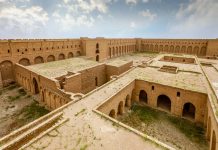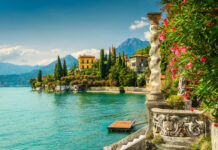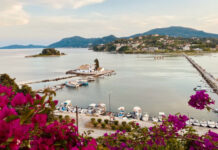10Vivid Frescoes and Artistic Splendor
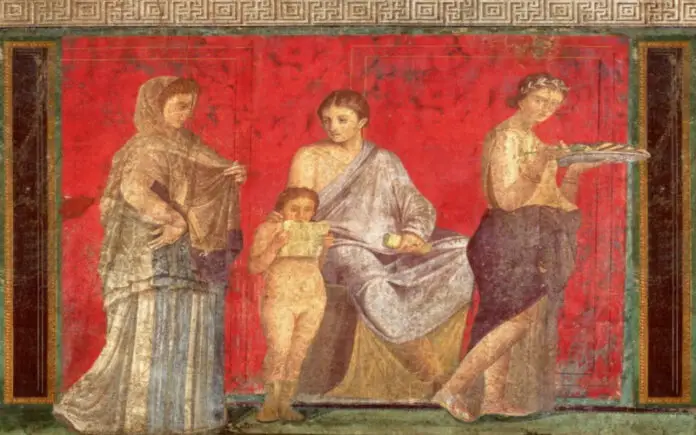
Pompeii was a haven for artistry, as evidenced by the vibrant frescoes adorning its walls. These frescoes, often depicting scenes from mythology, everyday life, and nature, were exceptionally preserved by the volcanic ash. The House of the Vettii, a well-preserved residence, boasts stunning frescoes showcasing the opulence and refined taste of Pompeian artistry.

